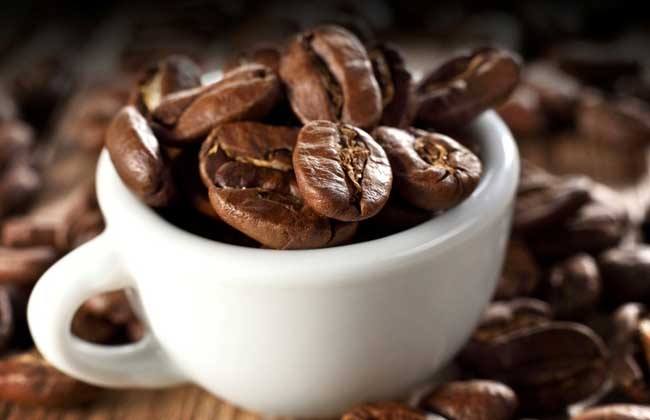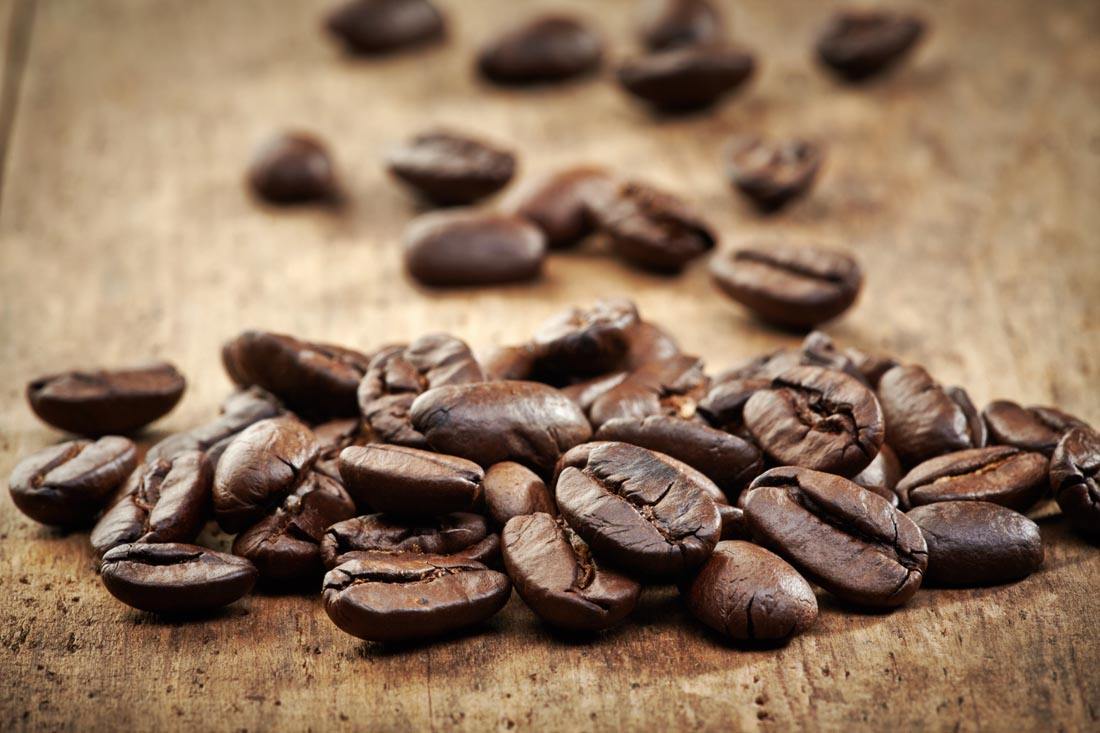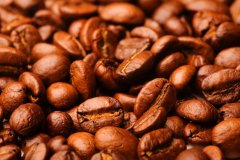Nicaraguan coffee production, Nicaraguan coffee introduction
Follow the caf é (Wechat official account vdailycom) and found that Beautiful Cafe opened a small shop of its own.
Nicaraguan coffee production
Coffee is Nicaragua's main export. According to the president of the Nicaraguan Coffee Farmers' Federation, due to the poor harvest of coffee in Nicaragua's Pacific region, the country's total coffee production in 1998 may be 12% lower than that in 1997. In the 1997-1998 coffee year, Nicaragua harvested a total of 1.422 million bags (46kg per bag) of coffee, the best harvest in 14 years after coffee production hovered around 1 million bags. It is expected that the income from coffee exports in 1998 will be about 1.6 billion US dollars, and Nicaraguan coffee production will drop sharply. Coffee is Nicaragua's main export product. According to the president of the Nicaraguan Coffee Farmers' Federation, due to the poor harvest of coffee in Nicaragua's Pacific region, the country's total coffee production in 1998 may be 12% lower than that in 1997.

Nicaragua is one of the major coffee-producing countries, producing high-quality coffee. Even coffee from the Antigua Mountains of Guatemala, which is famous in Asia, imports raw beans from Nicaragua. Nicaraguan coffee is not well-known in Asia. But in fact, Nepalese coffee is already famous all over the world (Starbucks has many cooperative coffee farmers in Nepal), while the coffee quality produced by several coffee producing countries in Central America, such as Guatemala, Costa Rica and Nicaragua, is similar, mainly due to weather conditions, soil fertility, planting height and other conditions.
Nepalese coffee cultivation and production has a unique environment, the spread of fertile volcanic ash soil, coupled with shade planting methods, to establish a good production quality, Nepalese coffee has a rich mellow and fragrant taste, moderate acidity and a good sense of balance of bitter taste, which is regarded as top grade in the eyes of international coffee experts.
Introduction to Nicaraguan Coffee
Nicaragua, the full name of the Republic of Nicaragua (English: The Republic of Nicaragua), is a presidential republic country, located in central Central America, north of Honduras, south of Costa Rica, east of the Caribbean Sea, west of the Pacific Ocean, Lake Nicaragua is the largest lake in Central America, the capital is Managua. People of mixed Indo-European race account for 69% of the Nicaraguan population. The official language is Spanish. Most of the residents are Catholic. In 1522, Spain began to colonize Nicaragua. On September 15, 1821, Nicaragua got rid of the Spanish colonial shackles and declared its independence. From 1822 to 1823, Nicaragua joined the Mexican Empire. In 1839, Nicaragua established a republic.
Coffee was first brought to Nicaragua by Catholic Missionaries in 1790 and was first planted just for fun. It was not until 1840 that Nicaragua formally began to grow coffee because of the high demand for coffee around the world.
The period from 1840 to 1940 was known as the "coffee explosion" in Nicaragua, and coffee played a dramatic role in the economy during this era. Coffee is very important to the economic support of Nicaragua because the whole industry requires a lot of resources and labor input. Coffee became the main source of export income for Nicaragua in 1870, and the government encouraged foreign companies to invest in the coffee business (such as coffee plantations) in Nicaragua. From 1879 to 1889, the government passed a bill to support the emergence of large coffee plantations through financial support-paying growers $0.05 per tree.
At the end of the 19th century, Nicaragua became similar to Panama in some places, with most of the income from coffee either going to the country or to a small number of local coffee farmers.
The first production cooperative was established at the beginning of the 20th century. The period from 1936 to 1979 was the era of Somoza family dictatorship, during which the concept of production cooperatives was further promoted. In spite of this, the Somoza family was overthrown by Sandinistas, and the coffee industry began a difficult time in 1979, driven by communism. Contras (a rebel group formed to fight against the new government) made the coffee industry part of their campaign, attacking coffee transport vehicles and destroying coffee warehouses.
Despite the retrogression of history, coffee remained an important export for Nicaragua until 1992. Nevertheless, the shock of coffee prices in 1999-2003 once again seriously frustrated the coffee industry. Three of Nicaragua's six largest banks collapsed because of the coffee industry.
Despite so much experience, Nicaraguan coffee farmers still focus on quality. In the past, the traceability of coffee sources was very poor, most of them were sold as common agricultural products or told only to the producing countries, but now the traceability of coffee sources is very high.
Important Notice :
前街咖啡 FrontStreet Coffee has moved to new addredd:
FrontStreet Coffee Address: 315,Donghua East Road,GuangZhou
Tel:020 38364473
- Prev

Nicaraguan coffee producing area, Nicaraguan coffee cultivation
Following the caf é (official Wechat account vdailycom) found that the coffee in Nicaragua opened a small shop of its own. Nicaraguan coffee is mainly grown in the central and northern parts of the country, with shade planting as its feature, while coffee beans are washed and dried in the sun. Generally speaking, Nicaraguan coffee is less distinctive, so Nicaraguan beans are often used as comprehensive coffee.
- Next

Nicaraguan coffee acreage, name of Nicaraguan coffee farm
Following Cafe (Wechat official account vdailycom) found that the Republic of Nicaragua is a country located in Central America, bordering Honduras to the north, Costa Rica to the south, the Caribbean to the east and the Pacific Ocean to the west. The capital of Nicaragua is Managua, which is one of the main economic centers of Nicaragua and the political and cultural center of the country. Ni
Related
- Detailed explanation of Jadeite planting Land in Panamanian Jadeite Manor introduction to the grading system of Jadeite competitive bidding, Red bid, Green bid and Rose Summer
- Story of Coffee planting in Brenka region of Costa Rica Stonehenge Manor anaerobic heavy honey treatment of flavor mouth
- What's on the barrel of Blue Mountain Coffee beans?
- Can American coffee also pull flowers? How to use hot American style to pull out a good-looking pattern?
- Can you make a cold extract with coffee beans? What is the right proportion for cold-extracted coffee formula?
- Indonesian PWN Gold Mandrine Coffee Origin Features Flavor How to Chong? Mandolin coffee is American.
- A brief introduction to the flavor characteristics of Brazilian yellow bourbon coffee beans
- What is the effect of different water quality on the flavor of cold-extracted coffee? What kind of water is best for brewing coffee?
- Why do you think of Rose Summer whenever you mention Panamanian coffee?
- Introduction to the characteristics of authentic blue mountain coffee bean producing areas? What is the CIB Coffee Authority in Jamaica?

